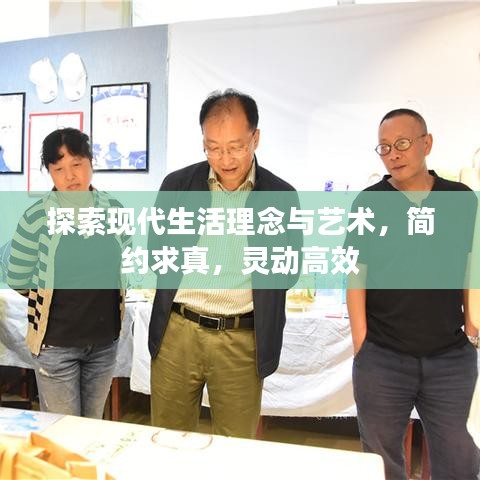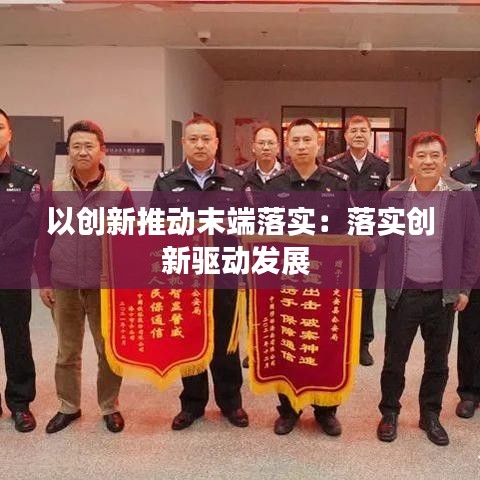Introduction to the Progress of the Automotive Industry
The automotive industry has been a cornerstone of technological innovation and economic growth for over a century. From the early days of steam-powered vehicles to the sleek, electric cars of today, the industry has undergone a remarkable transformation. This article delves into the continuous progress made in the automotive industry, highlighting key advancements and their impact on society.
Historical Milestones
The history of the automotive industry is marked by several pivotal moments that have shaped the way we think about transportation. The first successful motor vehicle was created by Karl Benz in 1886, leading to the birth of the modern car industry. Henry Ford's introduction of the assembly line in 1913 revolutionized production, making cars more affordable and accessible to the masses. The development of the internal combustion engine, particularly the gasoline engine, further propelled the industry's growth.
Technological Advancements
Over the years, the automotive industry has witnessed numerous technological advancements that have not only improved vehicle performance but also enhanced safety and efficiency. Here are some of the key technological breakthroughs:
Electronic Fuel Injection (EFI): Introduced in the 1970s, EFI replaced carburetors, providing more precise fuel control and better fuel efficiency.
Anti-Lock Braking System (ABS): This safety feature prevents wheels from locking up during braking, improving control and reducing the risk of accidents.
Advanced Driver-Assistance Systems (ADAS): These systems include features like adaptive cruise control, lane departure warning, and automatic emergency braking, significantly enhancing driver safety.
Hybrid and Electric Vehicles: The rise of hybrid and electric vehicles has been a significant shift in the industry, aimed at reducing emissions and dependence on fossil fuels.
Automotive Design Evolution
Design has always played a crucial role in the automotive industry, influencing consumer preferences and market trends. Over the years, car designs have evolved from utilitarian to aesthetically pleasing, with a focus on comfort, convenience, and style. Some notable design trends include:
Streamlined Bodies: The 1950s and 1960s saw the emergence of sleek, aerodynamic designs that minimized drag and improved fuel efficiency.
Exotic and Futuristic Shapes: The 1980s and 1990s brought about futuristic designs with sharp angles and bold contours, reflecting the spirit of innovation.
Minimalist and Elegant Designs: In recent years, there has been a trend towards minimalist designs that emphasize clean lines and a sense of luxury.
Globalization and Market Expansion
The automotive industry has become increasingly globalized, with manufacturers expanding their operations across the world. This has led to the development of new markets, particularly in emerging economies like China, India, and Brazil. Globalization has also fostered collaboration and competition, driving innovation and efficiency.
Challenges and Future Prospects
While the automotive industry has made remarkable progress, it also faces significant challenges. Environmental concerns, such as carbon emissions and climate change, have prompted the industry to invest in sustainable technologies. Additionally, the rise of autonomous vehicles and ride-sharing services is reshaping the traditional automotive business model. The future of the automotive industry will likely be characterized by the following prospects:
Electrification: As concerns over climate change grow, the industry is expected to shift towards electric vehicles, with more manufacturers investing in battery technology and infrastructure.
Autonomous Driving: The development of autonomous vehicles is advancing rapidly, with companies like Tesla and Waymo leading the way. This technology promises to revolutionize transportation and reduce accidents.
Connected Cars: The integration of advanced connectivity features, such as 5G and IoT, will enable vehicles to communicate with each other and the surrounding environment, improving safety and efficiency.
Conclusion
The automotive industry's continuous progress is a testament to human ingenuity and the relentless pursuit of innovation. From historical milestones to cutting-edge technologies, the industry has come a long way. As we look to the future, it is clear that the automotive industry will continue to evolve, driven by environmental concerns, technological advancements, and changing consumer demands
转载请注明来自上海伊滨办公家具有限公司,本文标题:《汽车工业不断进步英语:汽车工业发展经历了怎样的过程 》









 沪ICP备16043738号-1
沪ICP备16043738号-1
还没有评论,来说两句吧...